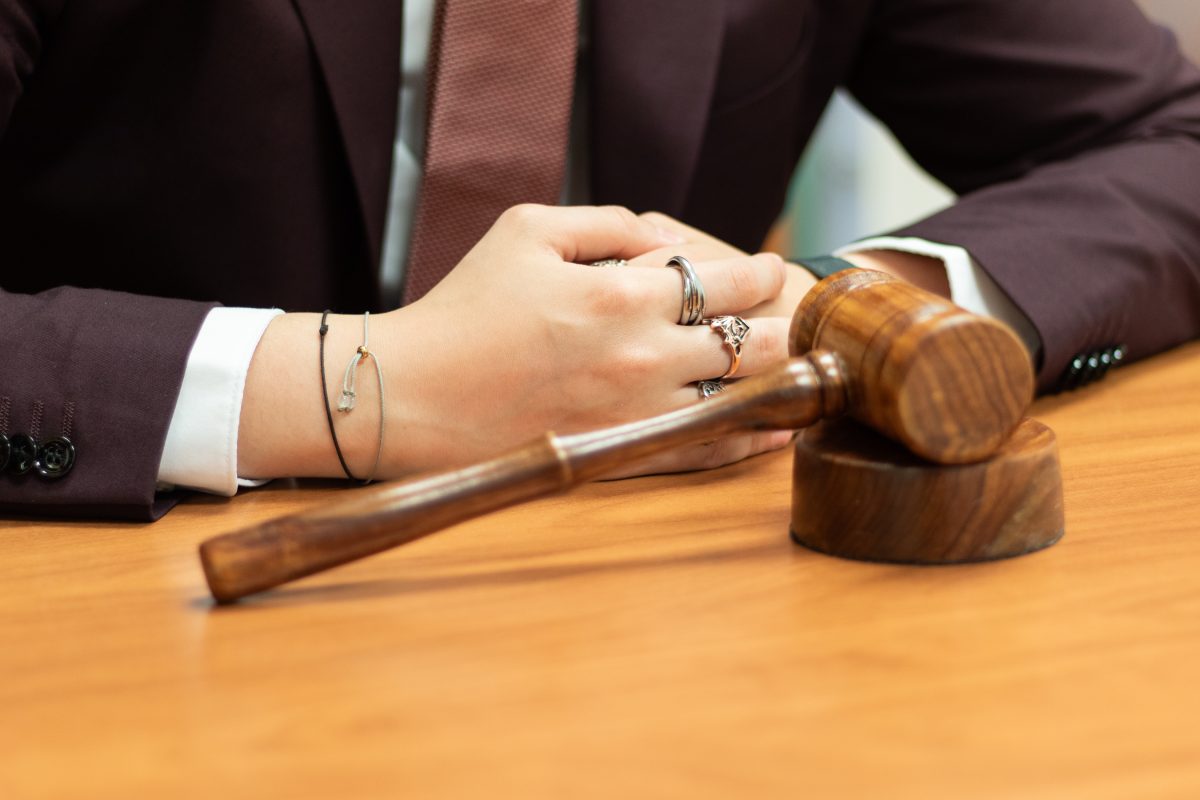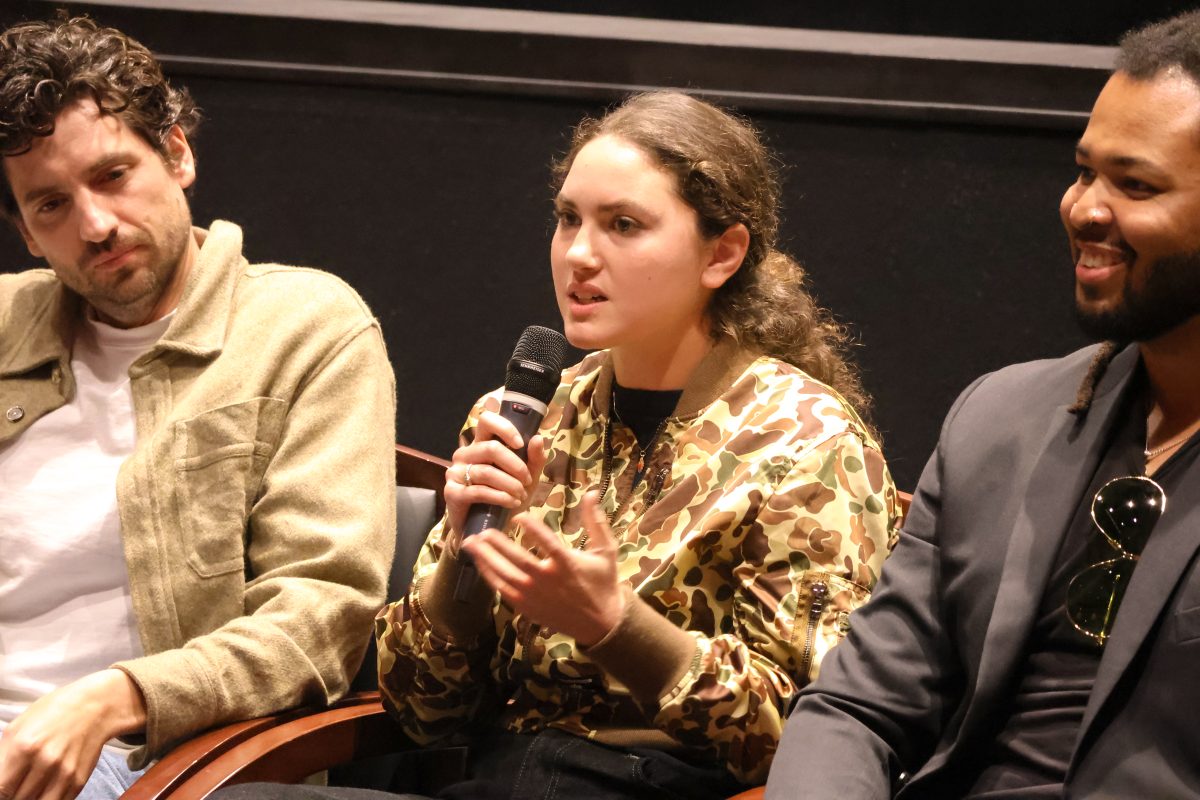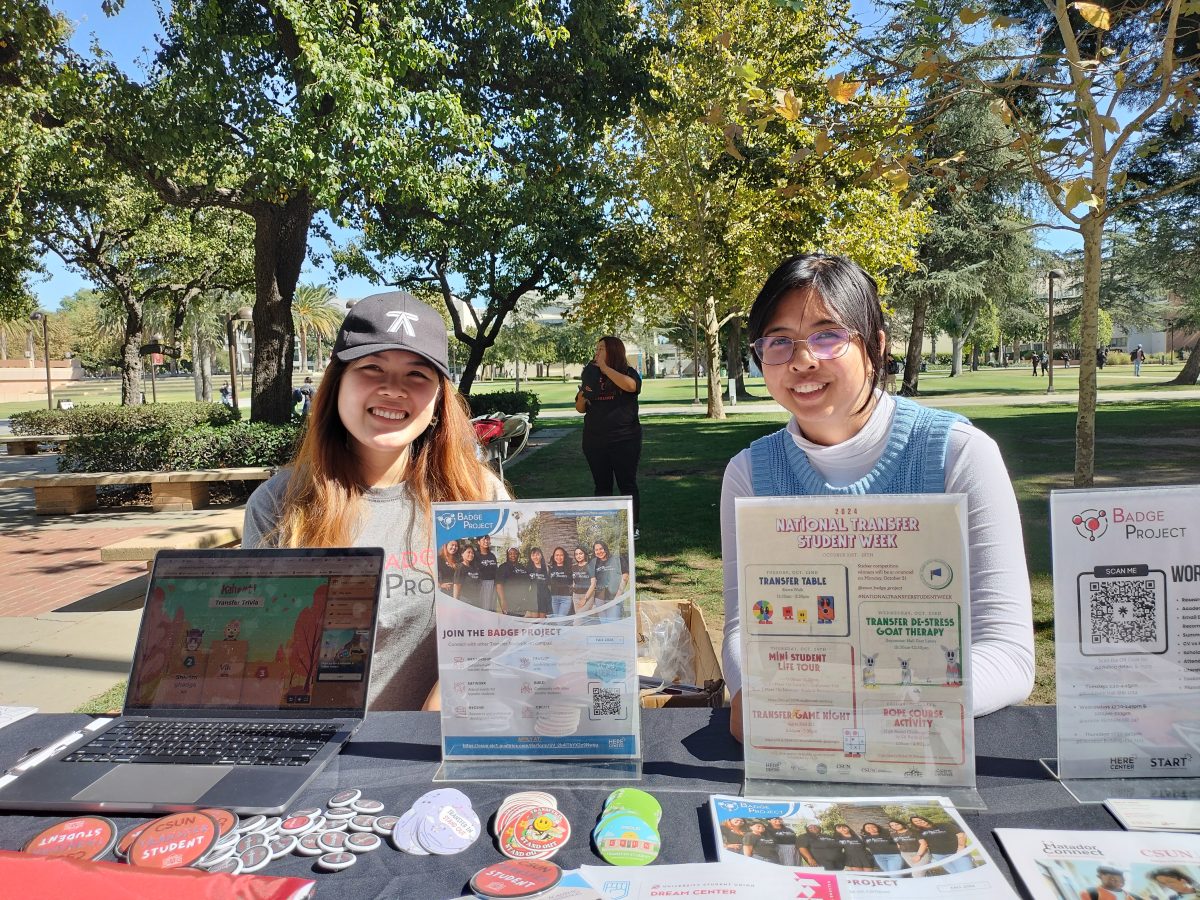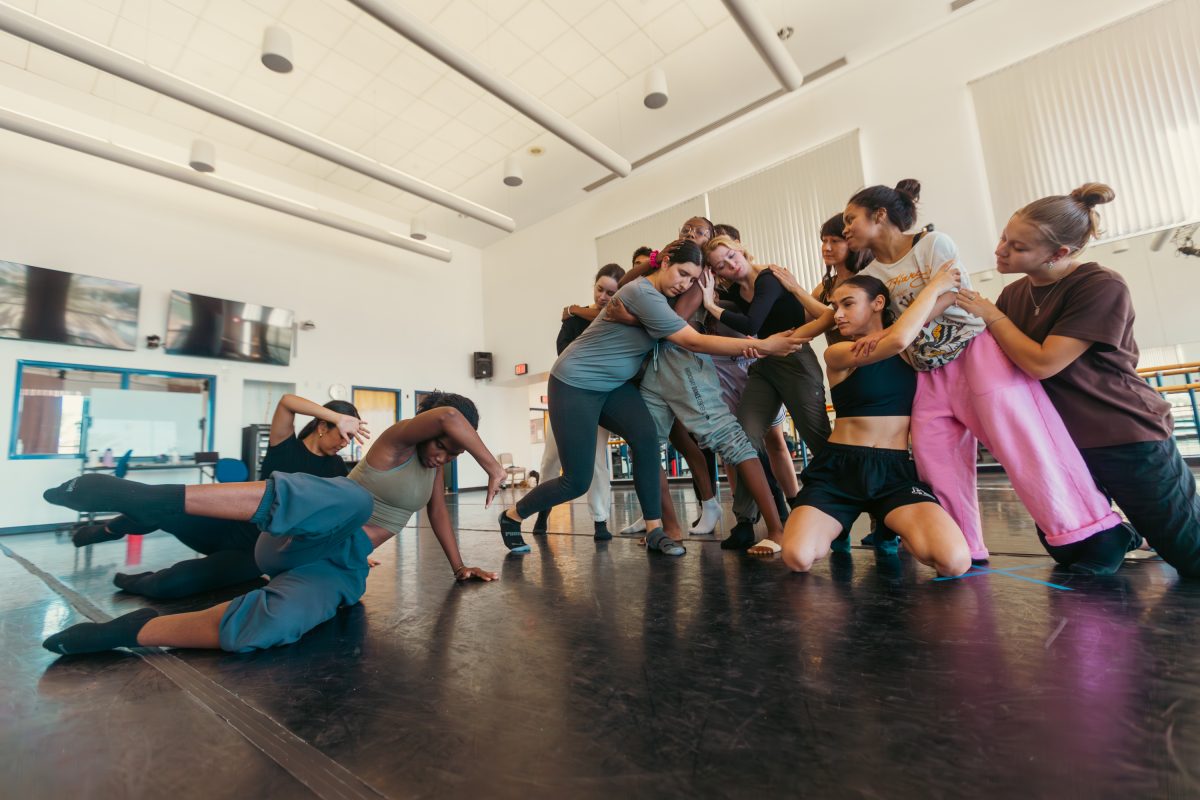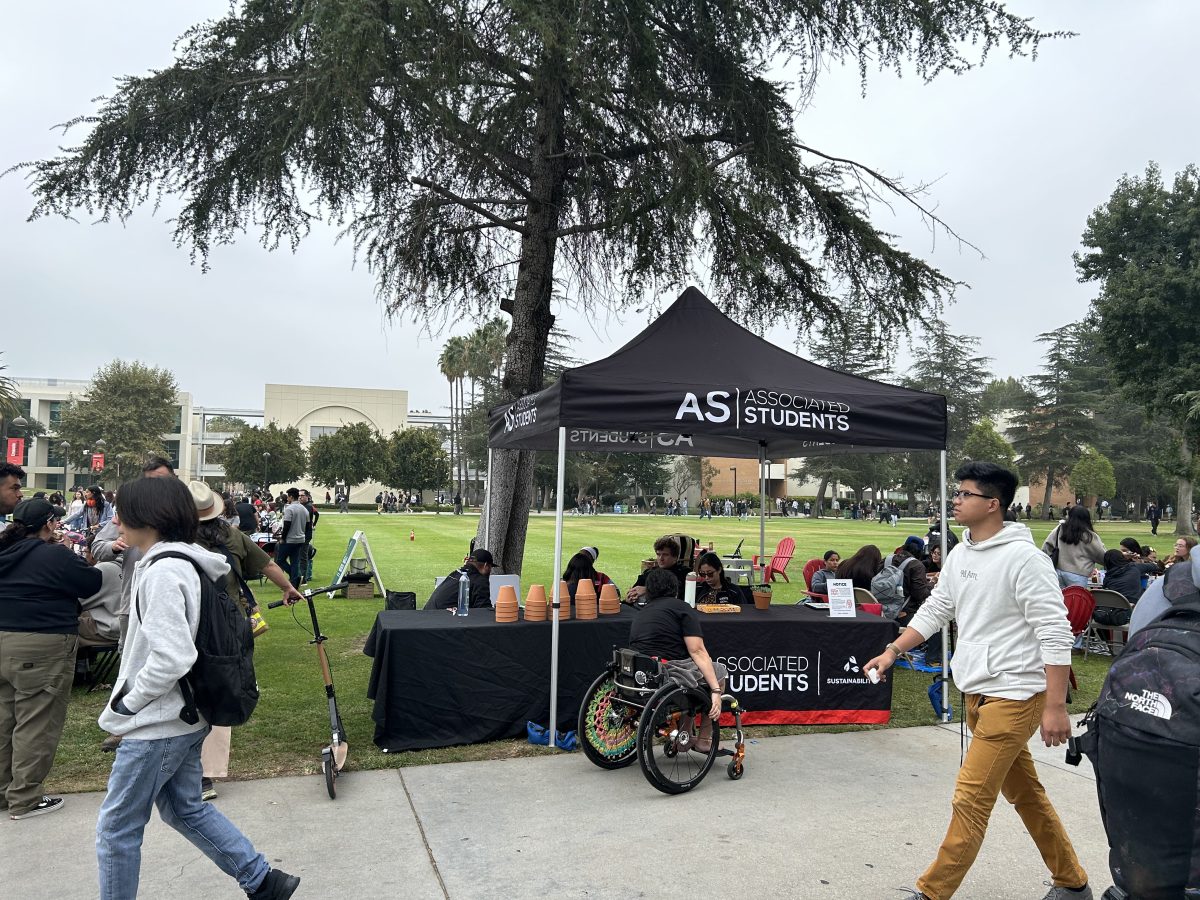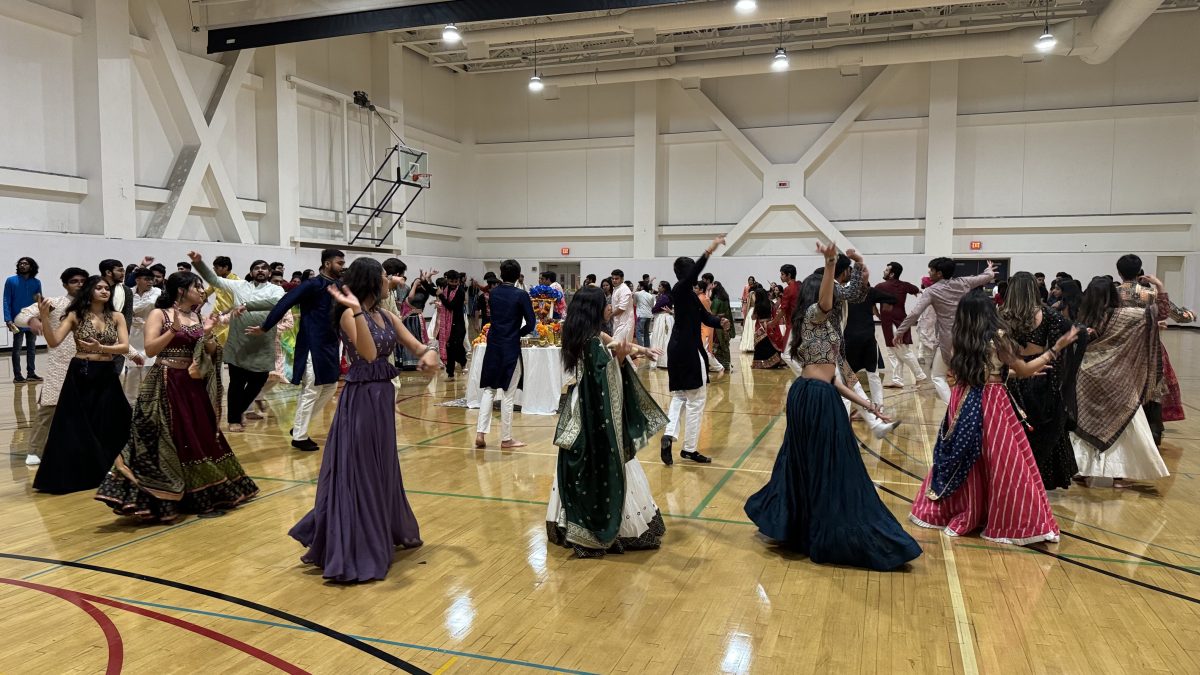Using different methods of transportation offers a way for students to help reduce the impact greenhouse gas emissions, pollution and congestion have on our environment as well as the cost and space given for parking structures.
Geography professor Helen Cox, Ph.D., said a survey of 700 students done back in the fall of 2008 showed that 80 percent of the CSUN student population drive single occupancy vehicles to and from school.
“This year we decided that we needed a more comprehensive survey including more people like faculty and staff,” Dr. Cox said. “We also wanted to find out preferences, like what we would need to get people to change their method of transportation.”
Assistant professor Dr. Kristy Michaud, who helped design and put together the survey sent to 8,000 students as well as faculty members back in March said, “The survey was designed with the help of faculty, staff and students active on the Core Green Team and the Transportation Working Group, which is an informal committee within the Institute for Sustainability.”
“The survey is still in the field so the results aren’t final yet. However, the responses so far are consistent with the findings from (Cox’s) student commute survey and the Department of Public Safety’s annual Air Quality Management District survey of faculty and staff that the vast majority of CSUN commuters drive alone to campus,” Michaud said.
Michaud said the survey asked students if they commute to campus via bikes, public transportation or carpooling. He added that carpooling was the most popular alternative to driving alone but the majority of the students said they would only do so under the right circumstances.
“For those who would be willing to carpool, a number of factors would make ridesharing more appealing,” Michaud said. “Such factors include having the ability to find others who have similar schedules and who commute from similar locations to carpool with, having preferred or discounted parking on campus, having a guaranteed ride home in an emergency and being able to get to know the person beforehand.”
Michaud also said an online ridesharing application that allows users to easily find others to carpool with such as Zimride or Ridelinks is worth considering.
“The Transportation Working Group has viewed demonstrations by both companies and is hoping that the university will be able to adopt one of them in the near future to encourage people to share rides to campus,” she said.
“We would hope that people would see it as a way of making friends because at a commuter school it’s often hard for students to make friends, but if you have a network where they can connect, first online and then get to know people a little bit and then meet up and carpool with them, I think that it’s a good way of making connections,” Cox added.
Senior geography major Areeya Tivasuradej, whose graduating senior thesis focused on bicycle commuting, said those who live close to campus should be encouraged to ride their bicycles.
“The goal is to make CSUN more environmentally sustainable,” said Tivasuradej, 20. We want to encourage students who live close to campus to ride their bicycles rather than driving to school. By creating a bike rack location map, we will have a better idea on where to locate bike locker or bike compound for more expensive bicycles.”
Michaud said they’re hoping the results can be used to help the university make decisions regarding transportation that meet CSUN’s sustainability goals and the needs of the students, faculty and staff.
“Hopefully by the end of the semester we’ll have some proposals of some of the things we can do to help,” Cox said.
